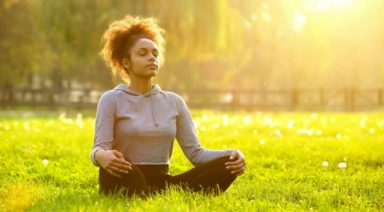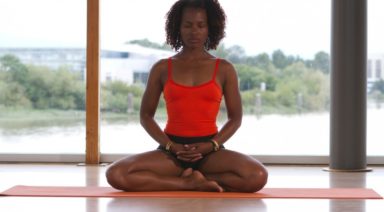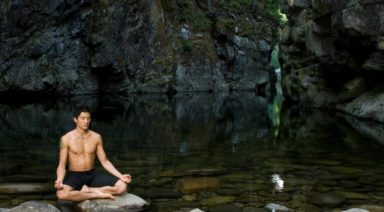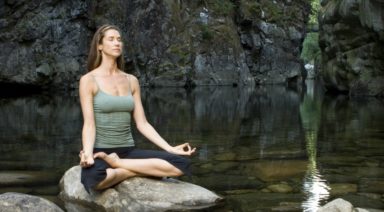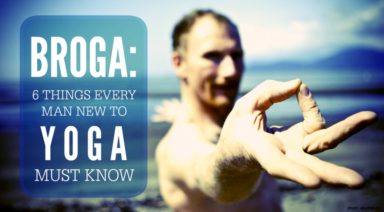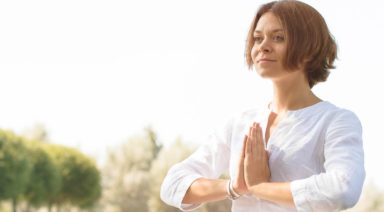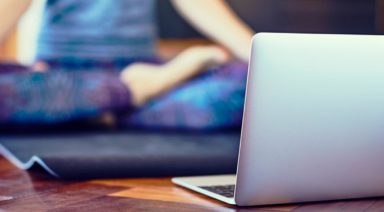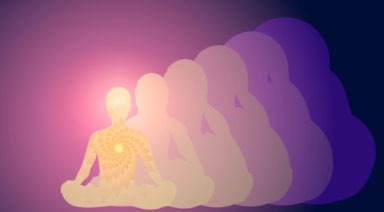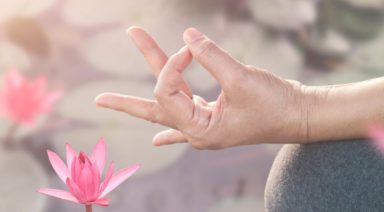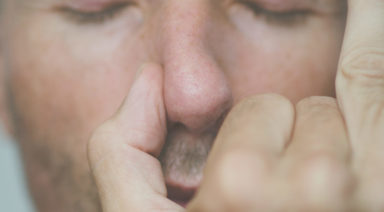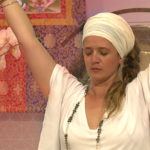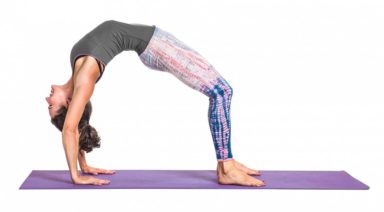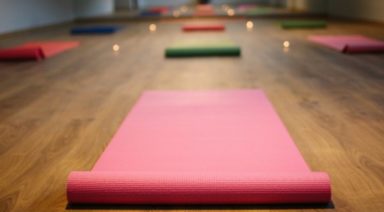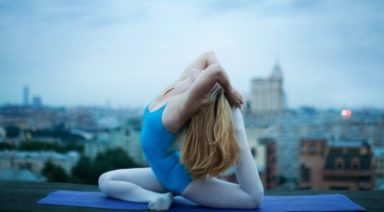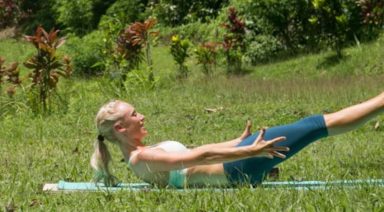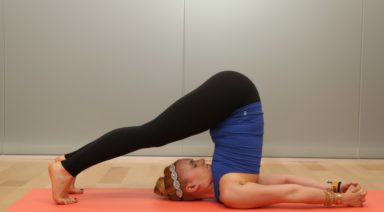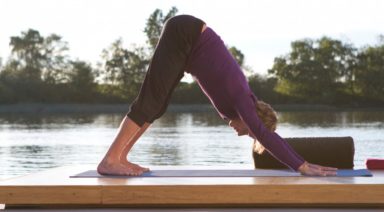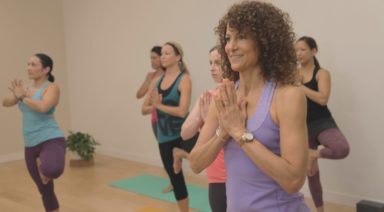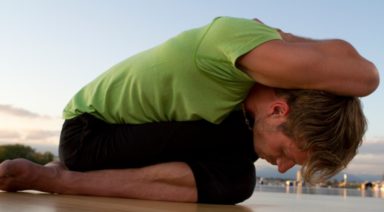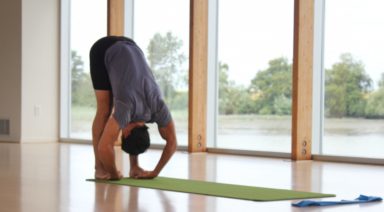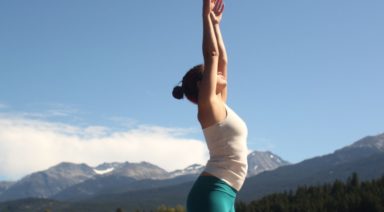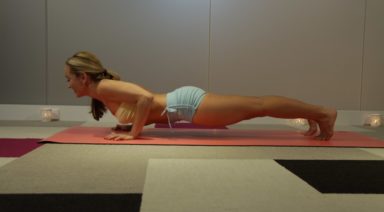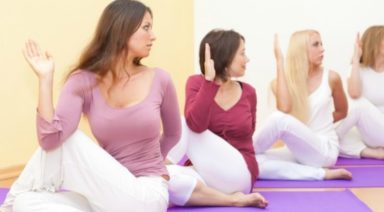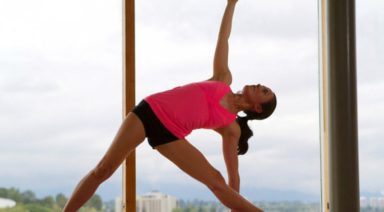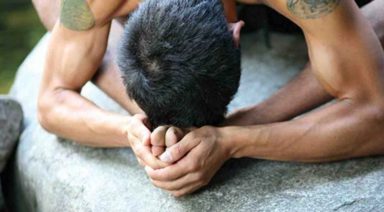Pranayama for Health and Vitality
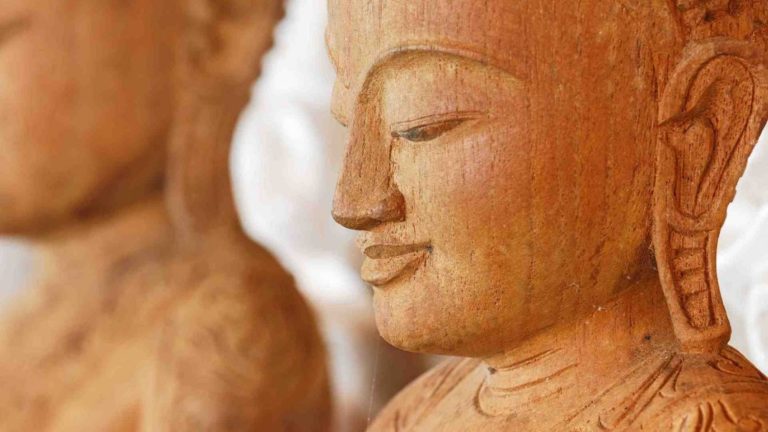
What Is Prana?
Prana is the sum total of all energy that is manifested in the universe. It is the vital force, Sukshma. Breath is the external manifestation of Prana. By exercising control over this gross breath, you can control the subtle Prana inside. Control of Prana means control of mind. Mind cannot operate without the help of Prana. It is the Sukshma Prana that is intimately connected with the mind. Prana is the sum total of all latent forces which are hidden in men and which lie everywhere around us. Heat, light, electricity, magnetism are all the manifestations of Prana. Prana is related to mind; through mind to the will; through will to the individual soul, and through this to the Supreme Being.
The seat of Prana is the heart. Prana is one; but it has many functions to do. Hence it assumes five names according to the different functions it performs, viz., Prana, Apana, Samana, Udana and Vyana. According to the different functions they perform, they occupy certain places in the body.
Breath directed by thought under the control of the will is a vitalising, regenerated force which can be utilised consciously for self-development, for healing many incurable diseases and for many other useful purposes. Hatha Yogins consider that Prana Tattva is superior to Manas Tattva (mind), as Prana is present even when mind is absent during deep sleep. Hence Prana plays a more vital part than mind.
If you know how to control the little waves of Prana working through mind, then the secret of subjugating the universal Prana will be known to you. The Yogin who becomes an expert in the knowledge of this secret, will have no fear from any power, because he has mastery over all manifestations of power in the Universe. What is commonly known as Power of Personality is nothing more than the natural capacity of a person to wield his Prana. Some people are more powerful in life, more influential and fascinating than others. It is all through this Prana, which the Yogin uses consciously by the command of his will.
Pranayama
Prana
Vital force, vitality, nourishment, upward flowing
Yama
Control
- Ujjayi (Victorious breath)
Sit comfortably, easily. Close the mouth. Inhale slowly through both the nostrils in a smooth, uniform manner.
Expand the chest when you inhale. During inhalation a peculiar sound is produced owing to the partial closing of glottis. The sound produced during inhalation should be of a mild and uniform pitch. It should be continuous also. This breath technique may be practised even when walking or standing – exhale slowly through both nostrils making the same sound.
Benefits: This removes the heat in the head. The practitioner becomes very beautiful. The gastric fire is increased. It removes phlegm in the throat. Asthma, snoring, beneficial for thyroid problems, consumption and all sorts of pulmonary diseases are cured. All diseases that arise from deficient inhalation of oxygen and diseases of the heart are cured. All works are accomplished by Ujjayi Pranayama. The practitioner is never attacked by diseases of phlegm, nerves, enlargement of spleen, dyspepsia, dysentery, consumption, cough or fever. Improves mental health and particularly the nervous system. Perform Ujjayi to destroy decay and death.
- Kapalabhati (the breath of fire or the skull shining breath, invigorating, energizing, and purifying)
Very active forced exhalations with a passive inhalation – while exhaling – quickly pump the belly into the back of the spine forcing the air out of the nose. Place one of your hands on your belly if you so wish in order to feel more the action. KEEP STEADY RHYTHM. Do 3 sets of 30 repetitions.
Avoid if under high medication for blood pressure, recent abdominal surgery/injury or pregnancy.
Benefits: Maintains good health and fights disease, nadis (nerves) of the brain get good exercise, regular practice (10-15 min daily) will aid in riding forehead of wrinkles, improves luster of skin, strengthens nerves and brain centers, massages internal organs.
- Bhastrika (Bellow’s breath)
Rapid sucession of forcible breaths. Sitting in Vajrasana (hero’s pose or kneeling), hands resting on your lap, palms facing upward. Take a few calming natural breaths to prepare. Bring your hands in a fist position by the side of your shoulders. – Inhale powerfully through the nose and raise your arms above your head with open hands, exhale forcefully as you bring your arms back to starting position, continue for the required amount of repetitions. On the last exhalation – follow it by a deep possible inhalation – breath is suspended for as long as it can be done with comfort, simultaneously: engage the lower bandhas (pelvic floor closes and belly button pulls back to back of the spine, both to 30% of max) follow it by a slow and deep possible, exhalation. – Rest for 5 deep normal breaths before starting again. – 3 sets.
Benefits: Relieves inflammation of the throat, increases gastric fire, removes disease of the nose, chest and eradicates asthama, it gives good appetite, breaks and dissolves tumors, wakes up kindalini energy, removes all diseases which arise from excess wind, bile and phlegm, gives warmth to the body, purifies the nadis considerably, useful in muscular dystrophy and oxygen deficiency disorders, it balances the 3 doshas, purifies the blood, helps to rid body of foreign intruders and toxins, stabilizes prana, calms the mind and nervous system.
- Shitali (The cooling breath)
Roll the tongue into a tube (as best as you can) and stick the tip of the tongue out of the mouth. Inhale through the tongue and hold the breath in for 4-5 seconds with the chin pressed against the chest. Exhale using Ujjayi Pranayama through the nose. Repeat 5-10 times.
Benefits: Lowers temperature of the body in the heat, quenches thirst,cures acidity, hypertension, skin diseases, removes impurities from the blood, improves overall fitness, brings a glow to the face.
Sound is the highest vibration of consciousness
Sound is carried through the bones of the human body.
Your consciousness is laying dormant at the bottom of your pelvic cavity (pelvic floor area) and in order to wake it up, one must use sound (vibration), movement and breath.
CHANT “OM” (oum) 3 TIMES AT THE BEGINNING OF YOUR PRANAYAMA EXERCISES.
OM: Universal/Primordial sound of everything, – It is the root of all mantras.
Mantras: Combination of Sanskrit words that have a soothing effect in the sympathetic system (stress response/ flight 2 flight response mechanism)
What is Pranayama?
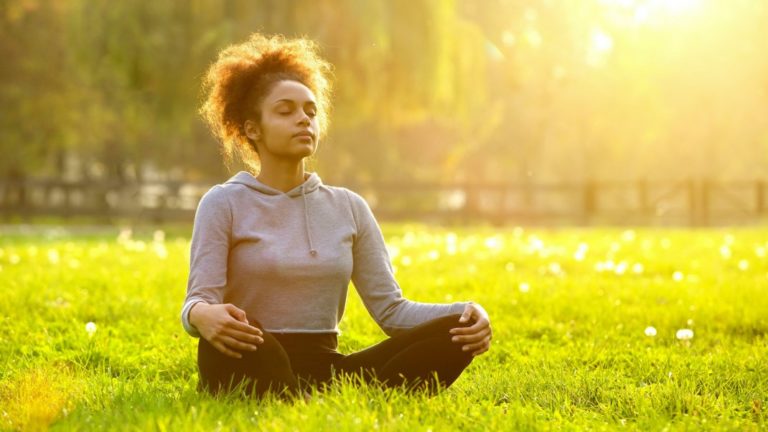
Yoga as a practice has ancient origins. The first textual mentions of the term can be found in the Rig Veda, which was written around 1500 BCE. While nobody knows exactly how old the practice is, some scholars believe that members of pre-Vedic societies practiced yoga even before that time.
The early yoga of the Vedas was much different that what we practice today. While many modern yoga practitioners have come to associate yoga with the performance of physical postures (asana), all of the earliest recorded texts on yoga hardly mentioned postures at all, and instead tended to emphasize the pursuit of liberation through meditation and pranayama practices instead.
What is Pranayama?
The word pranayama is a compound of two separate Sanskrit terms, prana and yama. The Atharvaveda, (one of the earliest Vedic texts on Indian medicine) states that prana is “the fundamental basis of whatever is, was, and will be.” Other texts often translate prana, as the “life force” or “vital energy”. The complementary term yama is often translated as “restraint” or “control”.
Pranayama then, is typically defined as a set of practices designed to control prana within the human body by means of various breathing techniques, meditative visualizations and physical locks (or kumbhaka).
The Sanskrit language is incredibly rich, and like many languages, one word can often have many different meanings. Some scholars, such as Harvard University Buddhist Chaplain Khenpo Migmar Tseten, prefer to separate the components of the compound into pran and ayama for the purposes of translation. When broken up in this way, pranayama becomes pran, (life-force), and ayama (which has the meaning of expansion or extension). In this case, the conjoined term pranayama takes on the meaning of “expansion of the life force”.
The Benefits of Pranayama
In his book Samadhi of Completion: Secret Tibetan Yoga Illuminations for the Quing Court, Fransoise Wang- Toutain states that “Prana is the driving force of all the functions of the body”, and that “the various functions of the body such as swallowing, digestion, and physical movement were all reliant of the efficient functioning of the prana within the body.”
According to Wang-Toutain (and the tenants of Indian medicine), the roots of all disease and mental imbalance can be traced to abnormalities and deficiencies in the body’s energy flow. In Wang-Toutain’s view, pranayama practices serve as a particularly powerful tool to heal illness and correct mental imbalances since “the control of breathing is the most direct method to affect life force.”
The History of Pranayama – A Timeline
The following timeline gives a general bird’s eye overview of the history of pranayama practices. Though this list is neither intended to be exhaustive nor comprehensive in its scope, it includes a small number of key texts that will be of interest to anyone who wishes to learn more about the history and practice of pranayama.
Brihadaranyaka Upanishad
(Circa 700 BCE)
While references to the the term prana can be found as early as 3,000 BCE in the Chandogya Upanishad, references to pranayama as a breathing practice do not occur until much later in yogic literature (approximately 700 BCE).
One of the earliest recorded references to pranayama as a breath related practice can be found in hymn 1.5.23 of the Brihadaranyaka Upanishad. Clearly linking breathing practices to the regulation of vital energy and life-force, the Upanishad states:
“One should indeed breathe in (arise), but one should also breathe out (without setting) while saying, “Let not the misery that is dying reach me.” * When one would practice that (breathing), one should rather desire to thoroughly realize that (immortality). It is rather through that (realization) that he wins a union with this divinity (breath), that is a sharing of worlds.”
No additional guidelines for pranayama practice are given in this Upanishad. However, the idea that breathing could be used to achieve greater health and even immortality is a theme that is often repeated in subsequent yogic texts and teachings.
The Bhagavad Gita
(Circa Fifth Century to Second Century BCE)
References to pranayama practices can also be found in the Bhagavad Gita, Chapter 4, verse 29. The text highlights the use of conscious inhaling, exhaling and breath retention to effect trancelike states. The text also suggests that the regular practice of pranayama can be used to enact greater control over the senses by “curtailing the eating process.”
The Maitrayaniya Upanishad
(Circa 4th Century BCE)
The Maitrayaniya Upanishad is an important text in the history of pranayama because it contains one of the earliest references to pranayama as a component in a larger, multifaceted system. Most likely composed centuries before the Yoga Sutras of Patanjali, this text enumerates yoga as a six-step process of breath control (pranayama), sensory withdrawal (pratyahara), concentration (dharana), meditation (dhyana), reasoning (tarka) and union (samadhi).
Specific references to pranayama practices can be found in chapter six, verse 21. The text states that deliverance can be accomplished by using a combination of breath retention practices and concentration on the sacred syllable Om in order to redirect prana into the body’s central energy channel (Sushumna).
Patanjali’s Yoga Sutras
(Circa 100 to 400 CE)
Most scholars agree that the Yoga Sutras of Patanjali are a compilation of texts from earlier yoga traditions. By the time of Patanjali, yoga as a system had continued to adapt and grow. The six-limbed system mentioned in the Maitrayaniya Upanishad had grown into eight limbed approach that included asana (physical postures) yama and niyama (social and ethical precepts) pranayama as well as four additional stages of meditative absorption (pratyahara, dharana, dhyana and samadhi).
References to pranayama can be found in verses 2.29 – thru 2.53 of the Sutras. While Patanjali does not go deeply into the nature of prana in these sections, he does detail four separate aspects of the breath: inhale, exhale and retention. In addition, Patanajali also makes reference to a fourth pranayama in sutra 2.51 that he claims surpasses or goes beyond the other three.
In addition, Patanjali notes a number of specific benefits of pranayama practice. These benefits include mental fitness and the ability to concentrate – a prerequisite to deeper states of yoga practice. Additionally, Patanjali states in verse 2:52 that regular pranayama practice could lessen or dissolve the veil that covers our “inner illumination.”
The Hatha Yoga Pradipika
(Circa 1500 CE)
Though traditionalists trace the roots of Hatha Yoga practice to the God Shiva, many scholars associate the founding of the Hatha yoga movement with the Maha Siddha Goraksha Nath. Widely associated with being the founding father of the practice, Gorakshanath is purported to have lived sometime between the 10th and 15th century CE. Numerous texts are accredited to him and his disciples.
One of the most important texts of the medieval era is the Hatha Yoga Pradipika, which was written by Goraksha Nath’s pupil Swami Svatmarama. Drawing from earlier systems, the text emphasizes the attainment of good heath and spiritual realization through a combination of physical postures, pranayama practices and meditative contemplations.
The Pradipika differs from some of the early texts in the history of pranayama, because it more fully details actual instructions for practice. These instructions include specific references to alternate nostril-breathing patterns, details on how to retain the breath, guidelines on auspicious times for practice and an overview of the various signs of progress in pranayama.
Further references to pranayama techniques can be found in a number of additional medieval manuscripts. The most important of these texts include the Gheranda Samhita (late seventeenth century) and Shiva Samhita (seventeenth or eighteenth century CE).
Pranayama Today
While most modern pranayama practices are based at least in part on their original counterparts, contemporary pranayama practices often include a number of additional variations on the basic breathing patterns found in the earlier texts mentioned in this paper.
Modern variants on the practice tend to integrate a combination of modern anatomical knowledge with more traditional yogic teachings in order to refine technique and better explain the physiological and psychological processes that occur when practicing pranayama.
The most notable example of this new approach to pranayama practices can be found in the book “Light on Pranayama”, by the the late B.K.S. Iyengar. A seminal text on modern day pranayama practice, Iyengar’s book is a must read for any student with an interest in the history of pranayama.
Where Should I Begin?
Pranayama practices are best learned under the guidance of a qualified instructor. Though not commonly known, many Tibetan Buddhist monks and nuns practice traditional Hatha Yoga pranayama exercises that can be traced to the 9th century CE. Many contemporary yoga teachers offer pranayama as part of their classes as well. This video on Gaia is a great place to start if you wish to begin the practice.
A Short Exercise for Home Practice
If you wish to begin practicing today, consider trying this alternate nostril breath from the Hatha Yoga Pradipika.
To begin:
- Come to a comfortable crossed legged position
- Block your right nostril, and inhale slowly through the left.
- Hold your breath for a few counts, and then exhale slowly through the right nostril.
- Block your left nostril, and inhale slowly through the right.
- Hold your breath for a few counts, and then exhale through the left.
Repeat the entire cycle for a minimum of seven repetitions. As you become accustomed to the exercise, practice for longer durations.
Practice notes: If holding your breath is uncomfortable at first, begin with very short breath retentions. As the practice becomes more familiar, gradually extend the length of the retention. Breath retention is contraindicated for expectant mothers.



